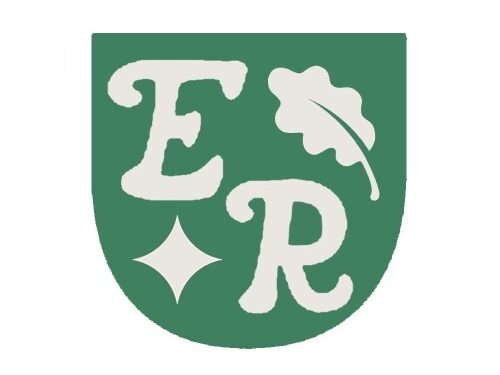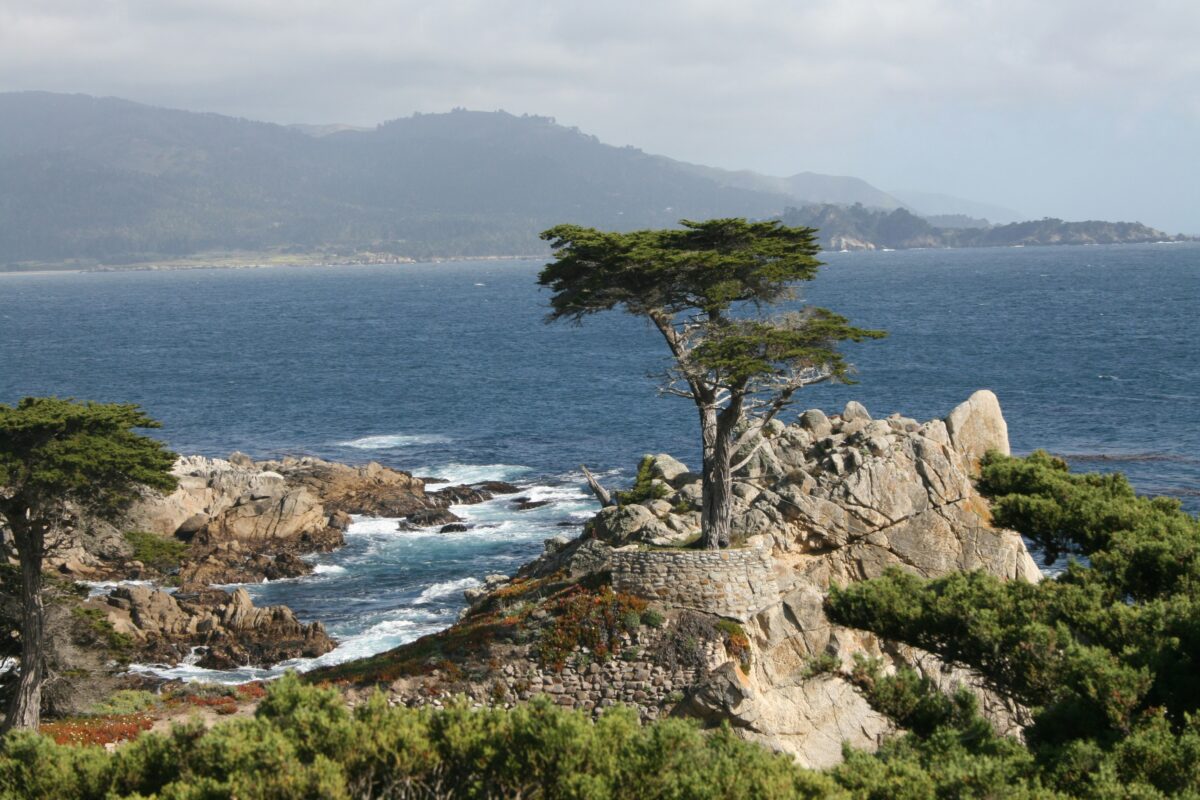Chumash Heritage National Marine Sanctuary (CHNMS) is America’s 17th national marine sanctuary and first indigenous-nominated marine sanctuary. After nearly four decades of advocacy led by the Northern Chumash Tribal Council, the Biden-Harris Administration announced the designation of Chumash Heritage National Marine Sanctuary on October 11, 2024. This national marine sanctuary encompasses 4,543 square miles of protected coastal and ocean waters along a 116-mile stretch of California’s central coastline, making it the third-largest marine sanctuary in the country.
Chumash Heritage National Marine Sanctuary joins a network of 16 federally managed national marine sanctuaries. Strategically located between Monterey Bay National Marine Sanctuary to the north and the Channel Islands National Marine Sanctuary to the south, CHNMS is proposed to connect the two existing marine sanctuaries. If approved, this continuous stretch of ocean will have federal protection.
The sanctuary’s boundaries came into effect on December 15, following a final review by Congress and the state of California. The sanctuary received widespread support from senators, conservationists, Indigenous members, and advocacy groups. The management plan outlines goals for a future phased expansion of the sanctuary.
The sanctuary protects some of the most diverse and productive marine ecosystems in the world. Threats such as offshore oil and gas extraction, seismic testing, and ocean mining are prohibited within its boundaries. Chumash Heritage National Marine Sanctuary is situated at the intersection of warm, southern water from the Southern California Countercurrent and cold, northern water from the California Current. These currents drive ecological productivity and biological diversity along the Central Coast. The abundant kelp forests in this region provide shelter and nursery habitat for commercially important fish and shellfish species. Kelp forests have been found to sequester 20 times more carbon than terrestrial forests. This federal recognition also protects Chumash cultural heritage, 200 historically documented ship and aircraft wrecks, diverse marine ecosystems, and 13 species of migratory whales. Chumash Heritage National Marine Sanctuary will provide critical habitat for charismatic species like the threatened western snowy plover and southern sea otter.
The National Marine Sanctuaries Act, first passed into law in 1972, authorizes the federal protection of marine environments of special national significance due to their ecological, cultural, historical, or archaeological resources. The National Oceanic and Atmospheric Administration’s (NOAA) Office of Marine Sanctuaries is responsible for the management of designated marine sanctuaries and helps facilitate the nomination of new marine sanctuaries. NOAA will continue to collaborate with tribal leaders in Indigenous co-stewardship. NOAA plans to incorporate Indigenous knowledge into resource management and establish an intergovernmental policy council. This commitment to Indigenous knowledge transfer sets a precedent for future co-stewardship in marine sanctuaries and other federally protected land and seascapes.
Within the sanctuary lies Point Conception, a coastal headland and a culturally significant place for the Chumash people who view it as a site of spiritual passage. “The ocean is our life–we call it the Sxa’min, the life of the Chumash people is intertwined with the ocean,” says Violet Sage Walker, Chair of the Northern Chumash Tribal Council. She hopes that this federal protection ensures that sacred sites like Point Conception are protected for generations to come.
According to NOAA, “the national marine sanctuary system currently generates about 8 billion USD annually in local coastal and ocean dependent economies.” Chumash Heritage National Marine Sanctuary will contribute to the national economy with an estimated 23 million USD in economic activity due to tourism and create 600 new jobs expanding opportunities for research, education, and recreation.
Despite its recent designation, the future of Chumash Heritage National Marine Sanctuary faces uncertainty under the Trump Administration. Trump has directly targeted NOAA, The National Parks System, and National Marine Sanctuaries with budget cuts and a flurry of executive orders that oppose environmental protections. In mid-February, hundreds of NOAA federal employees faced unlawful termination notices, with some asked to leave the office by the end of the day. In early March, a crowd of nearly 5,000 scientists-turned-activists gathered at the steps of the Lincoln Memorial in a Stand Up for Science rally to protest the Trump administration’s cuts to the federal workforce and federally funded research. Joel Johnson, president and CEO of the National Marine Sanctuaries Foundation released a public statement that “urges Congress to maintain the ability of the National Marine Sanctuaries Act to provide the public with the tools needed to maintain the healthy balance between protection and commercial uses.” Community advocacy is critical to ensure the future of Chumash Heritage National Marine Sanctuary and all National Marine Sanctuaries.
Sources:
Audubon California. (2023, November 29). Historic new marine sanctuary along CA’s central coast shows the power of tribal-led conservation. Audubon California. https://ca.audubon.org/news/historic-new-marine-sanctuary-along-cas-central-coast-shows-power-tribal-led-conservation
Burdick, A. (2025, March 8). Science, politics and anxiety mix at rally under Lincoln Memorial. The New York Times. https://www.nytimes.com/2025/03/08/science/march-for-science-trump-protest.html
National Marine Sanctuary Foundation urges community input in sanctuaries remains protected. National Marine Sanctuary Foundation. (2025, January 31). https://marinesanctuary.org/news/foundation-urges-community-input-in-sanctuaries-remain-protected/
National Oceanic and Atmospheric Administration. (n.d.). Chumash heritage: Sanctuaries and cultural connections. NOAA Office of National Marine Sanctuaries. https://sanctuaries.noaa.gov/chumash-heritage/
National Oceanic and Atmospheric Administration. (2024, November 15). Biden-Harris administration, NOAA designate 3rd largest national marine sanctuary. NOAA. https://www.noaa.gov/news-release/biden-harris-administration-noaa-designate-3rd-largest-national-marine-sanctuary
National Parks Conservation Association. (2024, November 13). Chumash Heritage National Marine Sanctuary celebrates Indigenous Peoples. National Parks Conservation Association.
National Parks Conservation Association. (2023, November 29). Chumash Heritage National Marine Sanctuary celebrates Indigenous peoples. National Parks Conservation Association. https://www.npca.org/articles/5360-chumash-heritage-national-marine-sanctuary-celebrates-indigenous-peoplesNational Oceanic and Atmospheric Administration. (n.d.). Chumash Heritage National Marine Sanctuary: Regulations. NOAA Office of National Marine Sanctuaries. Retrieved December 10, 2024, from https://sanctuaries.noaa.gov/chumash-heritage/management/regulations.html

